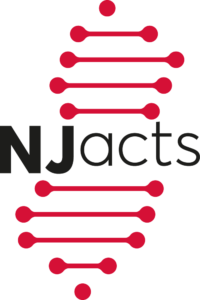 Please read Dr. Kinkade’s article in the Journal of Exposure Science and Environmental Epidemiology titled, “Sociodemographic and dietary predictors of maternal and placental mycoestrogen concentrations in a US pregnancy cohort.“
Please read Dr. Kinkade’s article in the Journal of Exposure Science and Environmental Epidemiology titled, “Sociodemographic and dietary predictors of maternal and placental mycoestrogen concentrations in a US pregnancy cohort.“
Zearalenone (ZEN) is one of the most common mycotoxin contaminants in global food supplies. ZEN, a secondary metabolite of Fusarium fungi, contaminates cereal grains (e.g., maize, wheat, barley, oats, sorghum), and is widely detected in processed foods (e.g., pasta, cereal, bread). ZEN is metabolized by 3α- and 3β-hydroxysteroid dehydrogenases into primary metabolites alpha-zearalenol (α-ZOL) and beta-zearalenol (β-ZOL) in animals and humans. In the United States, zeranol (ZER), a synthetic derivative of ZEN, is administered to livestock as a growth promoter, making meat another potential source of human exposure. Human exposure studies have detected ZEN and its metabolites in populations worldwide, with levels varying by biospecimen type (plasma, serum, breast milk, urine) and geographical region. Although very little epidemiological research has examined ZEN in relation to human health outcomes, a large literature in experimental models and livestock clearly demonstrates its carcinogenic, genotoxic, immunotoxic, and endocrine disrupting effects. Studies in animal models (including pigs, sheep, cows, rats, mice, and hens) show that after ingestion, ZEN and metabolites are distributed to the liver as well as reproductive organs and the placenta. The biological half-life is estimated between 3–86 h depending on species and route of administration. To read the full article.
Sociodemographic and dietary predictors of maternal and placental mycoestrogen concentrations in a US pregnancy cohort. Kinkade CW, Brinker A, Buckley B, Waysack O, Fernandez ID, Kautz A, Meng Y, Shi H, Brunner J, Ohman-Strickland P, Groth SW, O’Connor TG, Aleksunes LM, Barrett ES, Rivera-Núñez Z. J Expo Sci Environ Epidemiol. 2024 Oct 4. PMID: 39363096 DOI: 1038/s41370-024-00722-6
